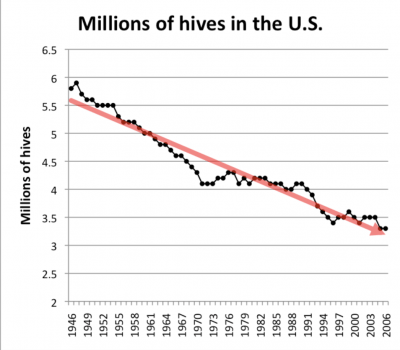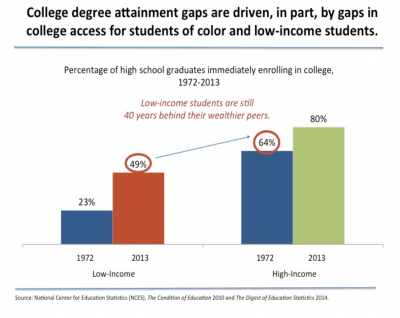The first aspect of global learning is that of global awareness. It is the step you must take in order to be fully globally educated and fully globally aware. It is the foundation of all global learning, as one must be aware of something in order to act upon it.
Global awareness is being able to understand these relationships and analyze how they affect our planet. For example, in this class, we talked a lot about global climate change, the impact that humans had on this detrimental process, and how to calculate it. On several of my blogs, I talked about how the factory farm industry has a massive negative impact on our environment, and I used math to support my answer.
I used what we learned in the breakfast foods project, as well as my own research, to discover what kind of impact eating meat and dairy has on the health of our Earth. In one of my blogs, I stated that “Right now, it is estimated that 30% of the planet’s landmass is set aside for factory farms, a.k.a. for meat, dairy, and egg production.” I went on to talk about that “Livestock production causes an even larger contribution to climate change than the transportation sector worldwide.” It turn out that it is very simple to use math to make sense of concepts like these, and that is all part about being globally aware in order to globally learn.







